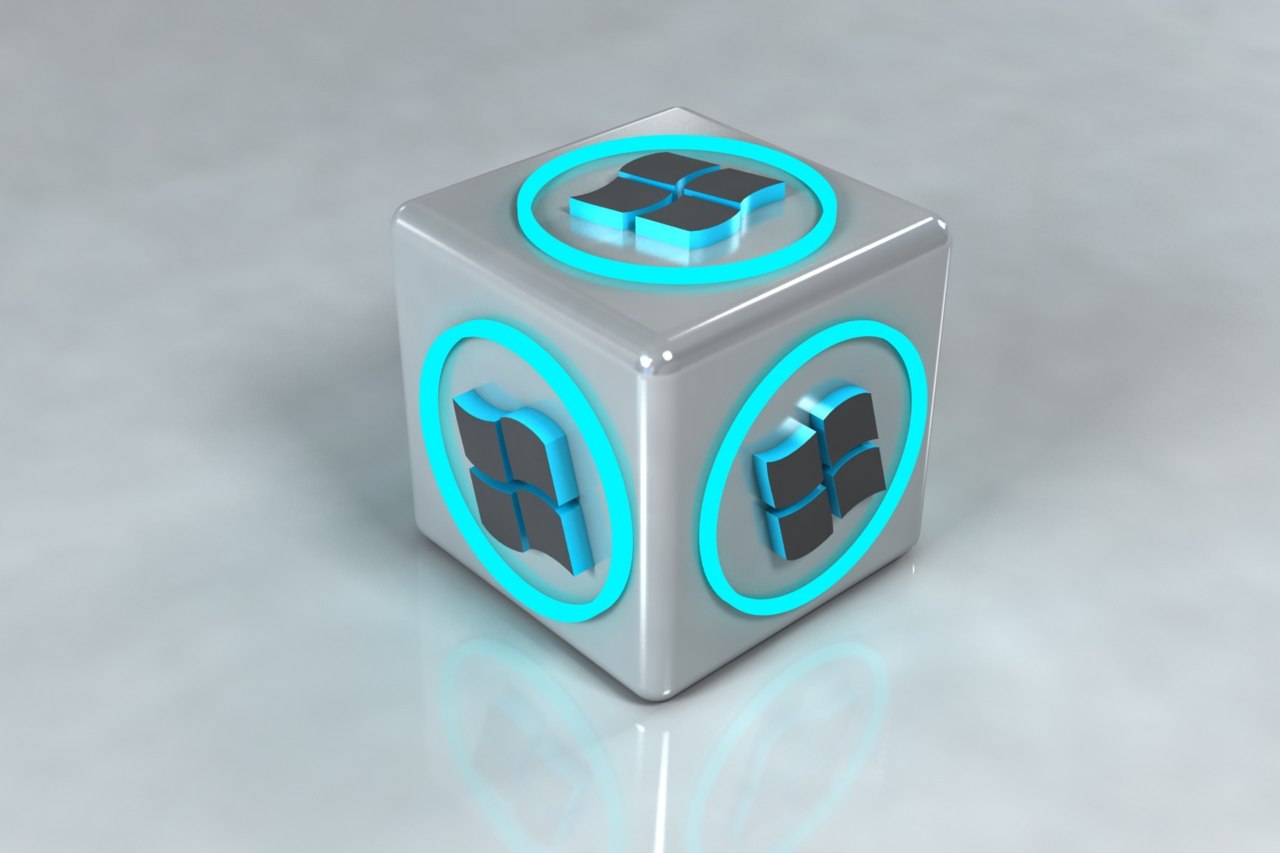
As soon as I re-start my laptop, Secunia PSI shows that v. Tips: Remember that you need to close your web browser to completely uninstall flash player from windows 7 operating system. and made sure to follow all the instructions shown in paragraph No. Click UNINSTALL button to uninstall flash player from your computer.

Uninstall flash player dialog box ill open with UNINSTALL button. Click Uninstall button to uninstall flash player from windows 7. Double-click on the package to add it to your available packages list. Click on Package Library and look for Uninstall Adobe Flash Player in the search area. Ĭlick up to Adobe Flash Player text with icon to select adobe flash player. Step 1: Download the Uninstall Adobe Flash Player package from the PDQ Deploy package library. Click up to Programs and Features text to open your all installed software lists. Scroll down or up to find Programs and Features text. Ĭlick in front of View by and select Large icons from lists. Click Control Panel button to open windows 7 control panel. This button you will see left below cornet on windows 7. Uninstall Flash PlayerĬlick Start button on windows 7. Learn how to successfully uninstall flash player from windows 7. You can manually clean flash player from your PC. If you having problem with flash player then you need to remove flash player from your computer to reinstall adobe flash player on windows 7. I do not know if that is still the case so ymmv.How to uninstall flash player from windows 7 easily. I didn’t think about this until I’d already cleared the files, but in the “olden days” you had to specify all three “special” attributes in the command (system, hidden, and read-only) in order to add/remove any of them, so that’s why I did it that way. With the system attribute gone, I was then able to delete the files and clear the vulnerability from Nessus. Turns out that all four files had the system attribute set, so in an elevated command prompt, navigated to the folder and ran “attrib *.* -s -h -r” which removed the system attribute.

Those files were quite persistent even changing permissions and ownership to Everyone did not allow them to be deleted, but did result in the fun message, “You require permission from Everyone to make changes to this file.” The only issue I had was that the DISM command (at least on 2016) still left the four ActiveX files under c:\windows\system32\macromed\flash intact, three of which were still triggering our Nessus scanner as critical vulnerabilities.


 0 kommentar(er)
0 kommentar(er)
